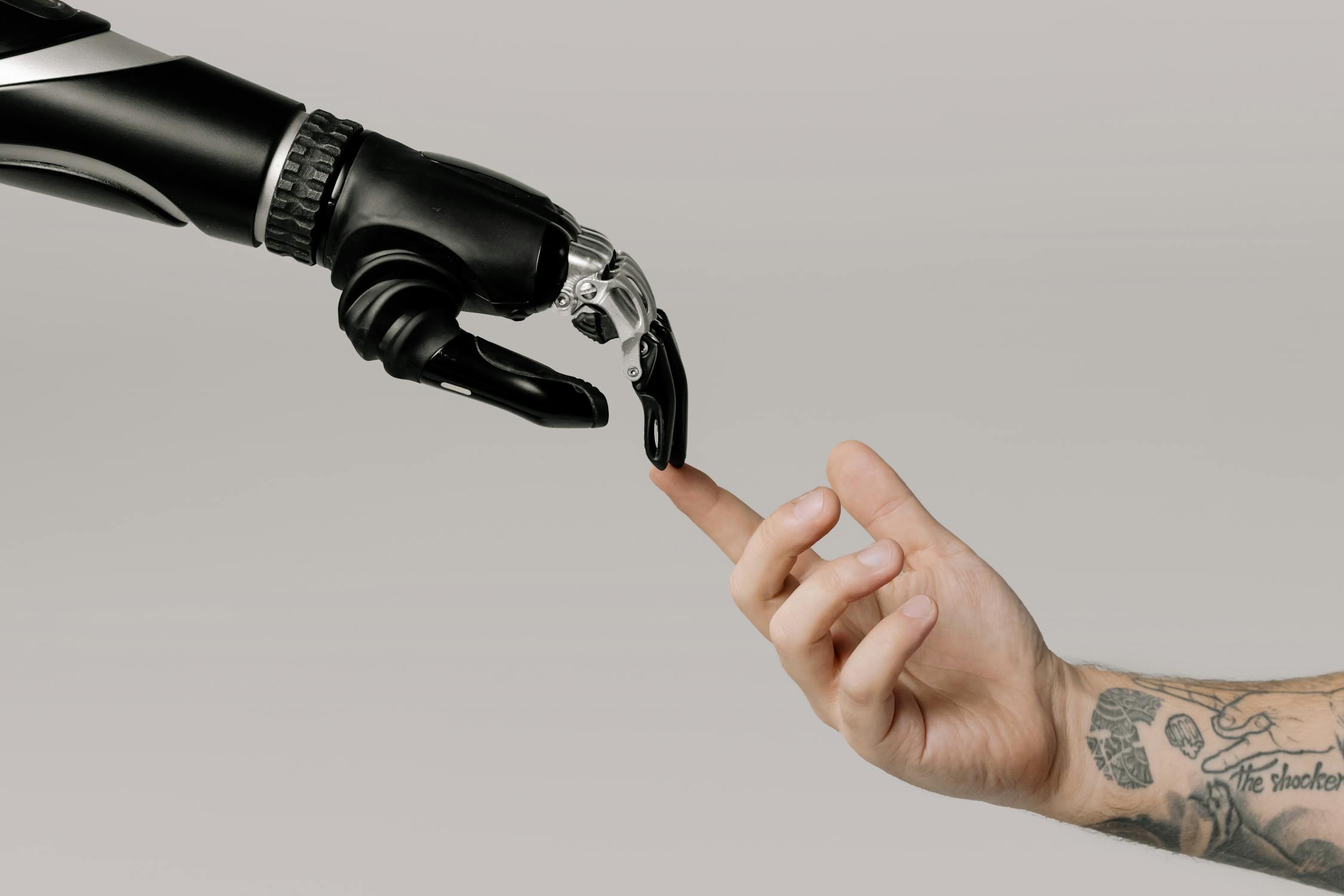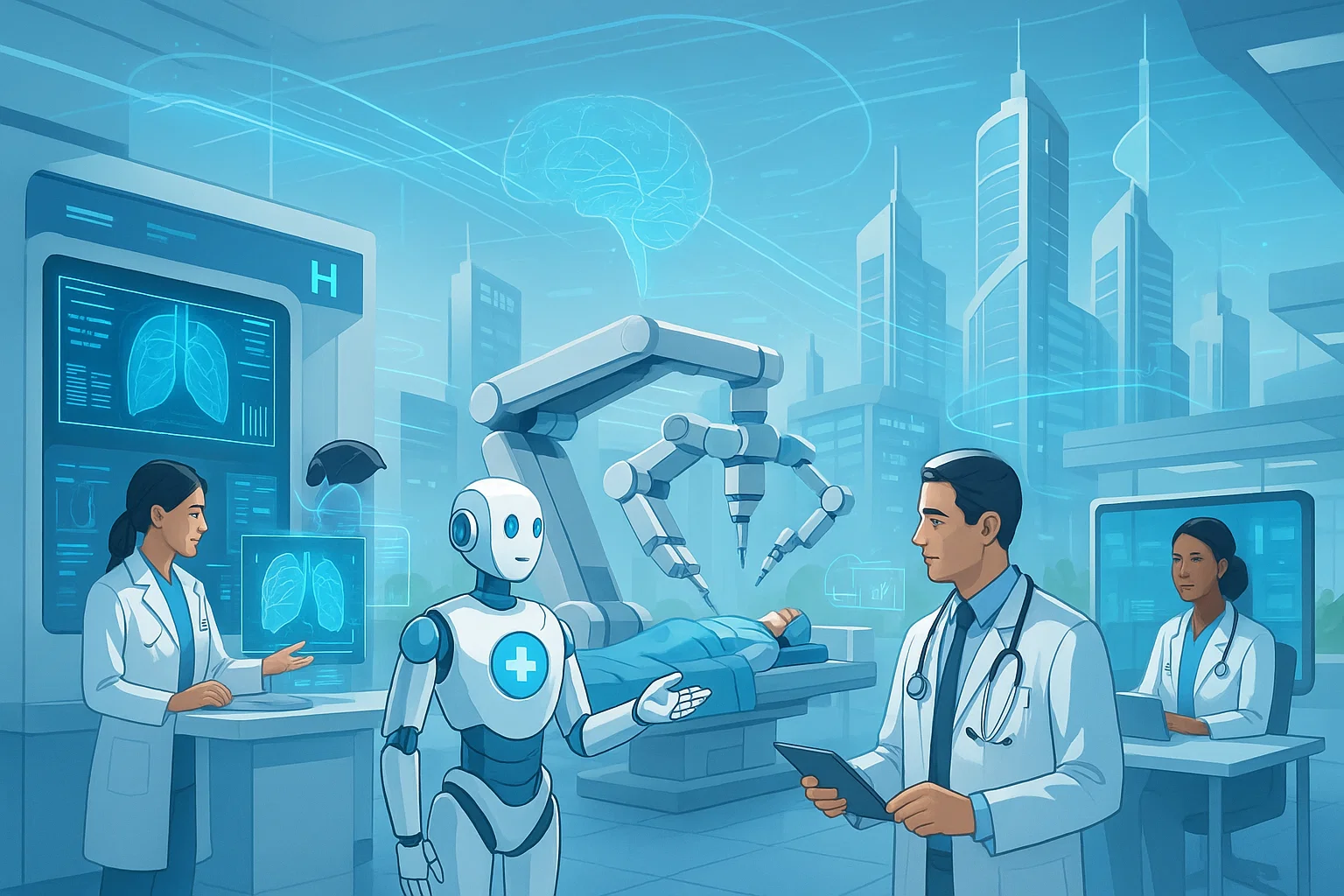- by Zlata Seregina Akkaoui
- Jun 04, 2025
5 Surprising Truths About AI from Real Analysts Online
- By Zlata Seregina Akkaoui
- Sep Fri, 2025
- in AI

AI is not magic – but it is not hype either. Research from the industry and analyst studies over the past year revealed some interesting facts on how AI is actually being deployed across businesses. For example, a recent BCG study found that 74% of organizations continue to struggle to bring AI pilots into tangible value. That is to say, with all of the hype, only a very small percentage of companies (some 4%) have actually "bleeding-edge" AI features, and just 22% are still just beginning to see tangible advantages. Likewise, a new McKinsey survey also found more than 80% of companies observe no significant impact on profit so far from AI, and just 17% report generative AI has produced more than 5% of their revenue. In short: AI may be ubiquitous today, but the vast majority of companies haven't yet struck it rich.
Fact 1: Most Companies Have Not Turned AI Hype into Money... Yet
The majority of readers would likely think AI is already creating massive wins, yet experts say otherwise. Boston Consulting Group (BCG) surveyed 1,000+ companies worldwide and found only 4% actually have AI mastery (implementing it across functions to derive real value) and another 22% are in line. Thus, 74% still have not moved AI from pilots or small wins. McKinsey’s recent global AI survey echoes this caution: over 80% of executives say their orgs aren’t yet seeing a measurable boost to profits from AI. In everyday terms, CEOs are telling analysts that “we’re trying AI, but it’s not adding dollars to the bottom line – at least not yet”. This gap between hype and reality is surprising, given all the hype about AI, yet it shows why it's a good idea to list concrete goals and ROI first before activating new AI programs.
Fact 2: Generative AI Is Already Everywhere in Business
You might think generative AI (chatbots, text and image creation, etc.) is still niche or beta – but experts claim it has exploded into mainstream usage. As of a McKinsey survey mid-2024, 71% of companies were already using at least one business process using generative AI, compared to 65% just months prior. In actuality, that means numerous departments are testing it out. McKinsey found that companies mainly leverage gen-AI in marketing and sales, product development, IT, and service operations since these functions benefit the most from the shortest payback (like automating customer reactions, generating designs, summarizing reports, etc.). Even more telling: C-level executives are leading by example. In one poll, 53% of senior-level executives reported using generative AI often in the workplace, compared with 44% of middle managers. Industry polls (like Gartner's) have also indicated that through early 2024, 40% of organizations have rolled out gen-AI across three or more departments, including customer service and marketing. The moral: AI applications are already sneaking their way into many organizations, even if the grand payoff is yet to come.
Fact 3: Fancy Algorithms Don't Matter Much Compared to Good Data and People
It's easy to think AI success hinges on having the latest model or technology. Actually, according to analysts, quality data, good processes, and people are the real keys. The BCG research found that "leaders" in AI spend roughly two-thirds of the effort on people and processes – change management, workflow redesign, data governance et al. – and only a third on technology itself. In fact, what are most important tech enablers for them are really data quality and management, not the creation of new algorithms. In plain language: the ideal model won't work if the information it is provided with is jumbled up, or if employees aren't trained to respond on its outputs. Likewise, Bain & Company finds that when companies involve their HR and training functions in AI efforts, adoption speeds up and scales more – but only about half of firms are currently doing so. These findings suggest the real "secret sauce" is human: cleaning and sanitizing data, re-skilling teams, and creating workflows where AI is just one tool among many in human hands
Truth 4: AI Makes Mistakes – Many Companies Have Seen Them
It will surprise some readers to learn that AI is still far from perfect. In fact, almost half of organizations have observed at least one adverse issue with their AI tools. McKinsey found that 44% of survey respondents had experienced a "negative consequence" of using generative AI – mostly simple inaccuracy or hallucinated output. (An example would be a chatbot confidently delivering erroneous information.) This is echoed from inside companies: many are still double-checking the output of AI or building checks into their systems. As one McKinsey chart stated, just 27% of firms audit all AI-generated content before use; many others check a subset. That is, trust in AI is not innate. Professionals warn businesses to expect hiccup moments: even the best-performing models can reproduce biased data, privacy violations, or just errors. So here's an unexpected fact: using AI often needs more human oversight – ironically, experts say the learning curve and these adjustments are exactly why bottom-line impacts remain modest.
Fact 5: Humans Are Still in the Driver’s Seat
Lastly, another surprising discovery: it's humans (specifically front-line workers) – not the tech hype – driving AI, and remaking work along the way. For instance, Microsoft’s research found that 80% of employees were already using AI tools at work, even if the company hadn’t provided them; among Gen Z workers that figure was 85%. In other words, junior staff are ‘bringing their own AI’ into the office more often than managers realize. This "BYOAI" phenomenon is causing companies' Security and Governance to play catch-up, but it also shows how hungry individuals are to experiment with AI. Twist: in contrast to destroying jobs, companies most often point out that AI transforms work rather than displacing it. In sectors like customer support or medical administration, firms are asking workers to play the role of "AI supervisors" – i.e., reviewing AI reports and then taking a final decision – and many employees actually feel more effective and happier. (A CloudFactory industry analysis points out that the concerns of mass dismissal have yielded to tales of "workforce transformation", whereby AI handles mundane jobs and frees up humans for more complex tasks.) These days, in brief, analysts assert that the human factor – creativity, monitoring, and flexibility – remains at the center of the effects of AI. Ironically, getting the most out of AI in 2024 often means upskilling people and leaning on HR, not just upping the tech budget.
In Summary: AI’s Real Power Lies in Strategy, Not Just Technology
Analysts agree that AI’s roll-out is full of surprises. Yes, the technology is advancing and adoption is rising. But the real keys to success are strategic: defining those clear ROI goals, investing in data and people, and remembering that AI today is an amazing tool, not a human decision-making substitute. As one report put it, "AI is not the goal – it’s the tool that gets us there.". For corporate chiefs and frontline staff, the surprising truth is that it requires innovation with old-style management and nurturing to master AI. That's a lesson analysts insist every company must learn if it's to thrive in the AI era.


